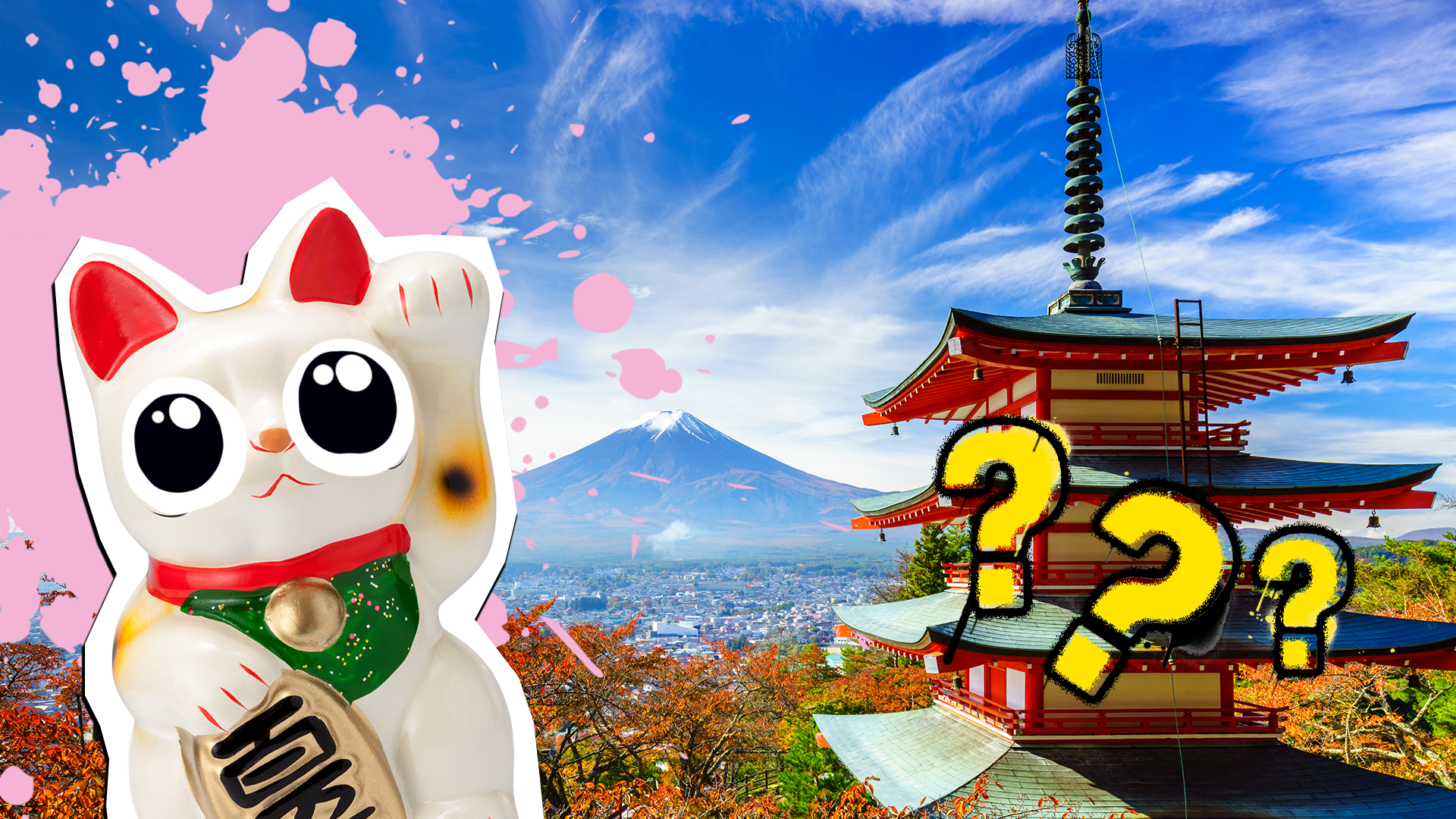15 Buddhism Facts For You To Meditate On
It's one of the world's oldest and most important religions, and it's unlike any of the others! Check out this list of 15 fascinating facts about Buddhism!
Buddhism is one of the world's great religions. It's got over 2 and a half thousand years of history, and has had a huge effect on cultures all over the world. As we'll discover in this list of interesting Buddhism facts, it's a very different outlook to Christianity, Islam and Judaism. And partly because of that, it's getting really popular in the West!
Like all religions, Buddhism offers to explain why life is the way it is, and help us live it well. Buddhists don't usually try to convert people either, they're just happy to share their wisdom with anyone who's up for listening. Sound interesting? Let's read on and find out more!
For more fascinating facts about the world around us, check out these human body facts, these chemistry facts, or even these geography facts!
1. It's a really old religion

Buddhism started 2500 years ago, making it older than Islam and Christianity and roughly the same age as Judaism (depending on how you count it). Buddhism started in what is today Northern India, and is based on the teachings of the Buddha (who was a spiritual teacher we'll talk about next). Over the last 2500 years the Buddhas teachings have spread all around the Asia and been adapted in all kinds of ways. And there are Buddhists everywhere these days!
2. The Buddha

The Buddha was an ordinary man. He was born into a wealthy family but he was very much human - he had no magic powers or connection to a supreme being of any kind. What made him special was what he learned about life, and how (according to Buddhists) he managed to escape suffering by reaching "enlightenment". He was not a God - and in fact there is no "God" in Buddhism the way we usually think of it. This is something about Buddhism that is different to other religions.
3. Samsara

This is going to be a VERY QUICK rundown of what the Buddha taught - and to get started we should talk about Samsara. That's how Buddhists describe life and the universe - as an eternal cycle of life, death, and rebirth. Life has no beginning or end, it just cycles through endlessly. This is why the wheel is a Buddhist symbol. Our lives and everything we know is part of this cycle of Samara. Still with us? Good!
4. The 4 Noble Truths - Dukkha
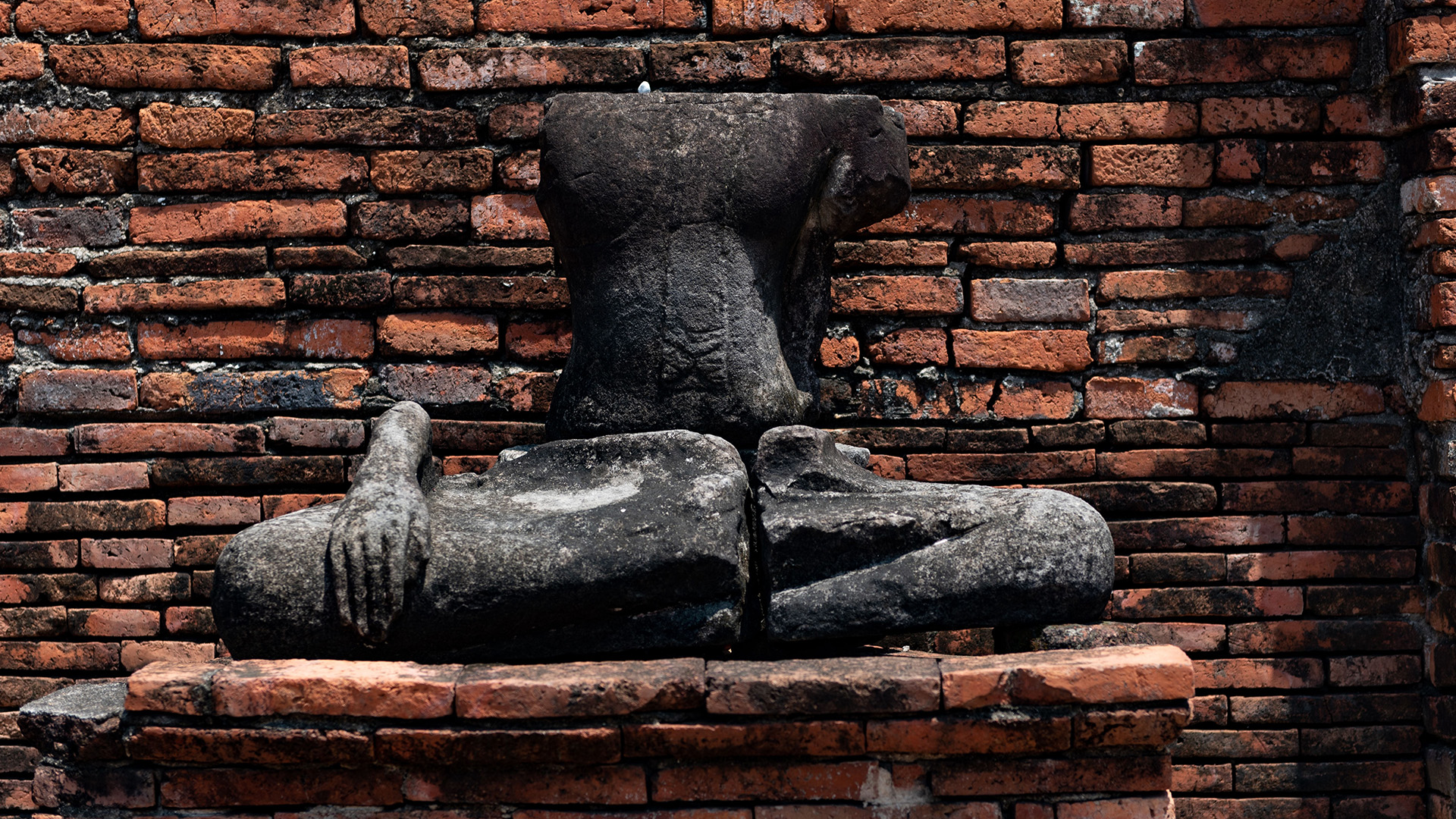
Probably the most important thing Buddha taught his followers was the 4 Noble Truths. The 1st Noble Truth is called Dukkha - and it is roughly translated to to mean that all existence is constantly changing, and can never satisfy you. Some people have translated it as "all life is suffering", but it's not as depressing as that really. It means that frustration and stress are unavoidable in life, and even once you get everything perfect - it will just change again. You'll never reach permanent satisfaction. That's a tricky thing to get your head round, but we can probably all agree on this if we think about it.
5. So where does suffering come from?
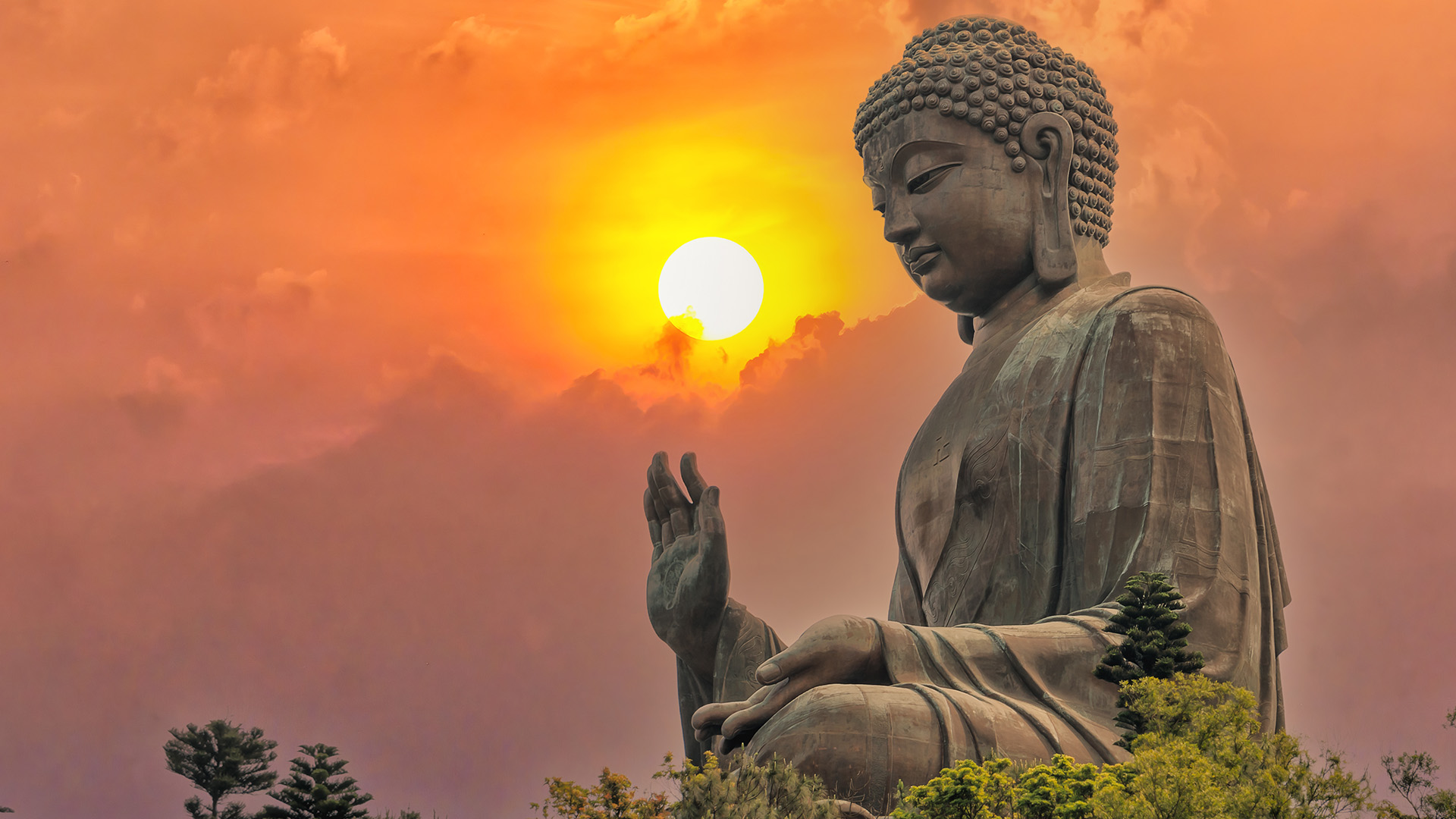
According to the Buddha, suffering comes from our desires - from craving and trying to chase after things. The things we crave could be possessions, it could be experiences, really anything outside of ourselves that we think will make us happy. We attach ourselves to physical things but also to ideas and opinions. Then when the world doesn't behave the way we think it should, we get upset. This is the 2nd Noble Truth - the truth of where suffering comes from.
6. Good news!
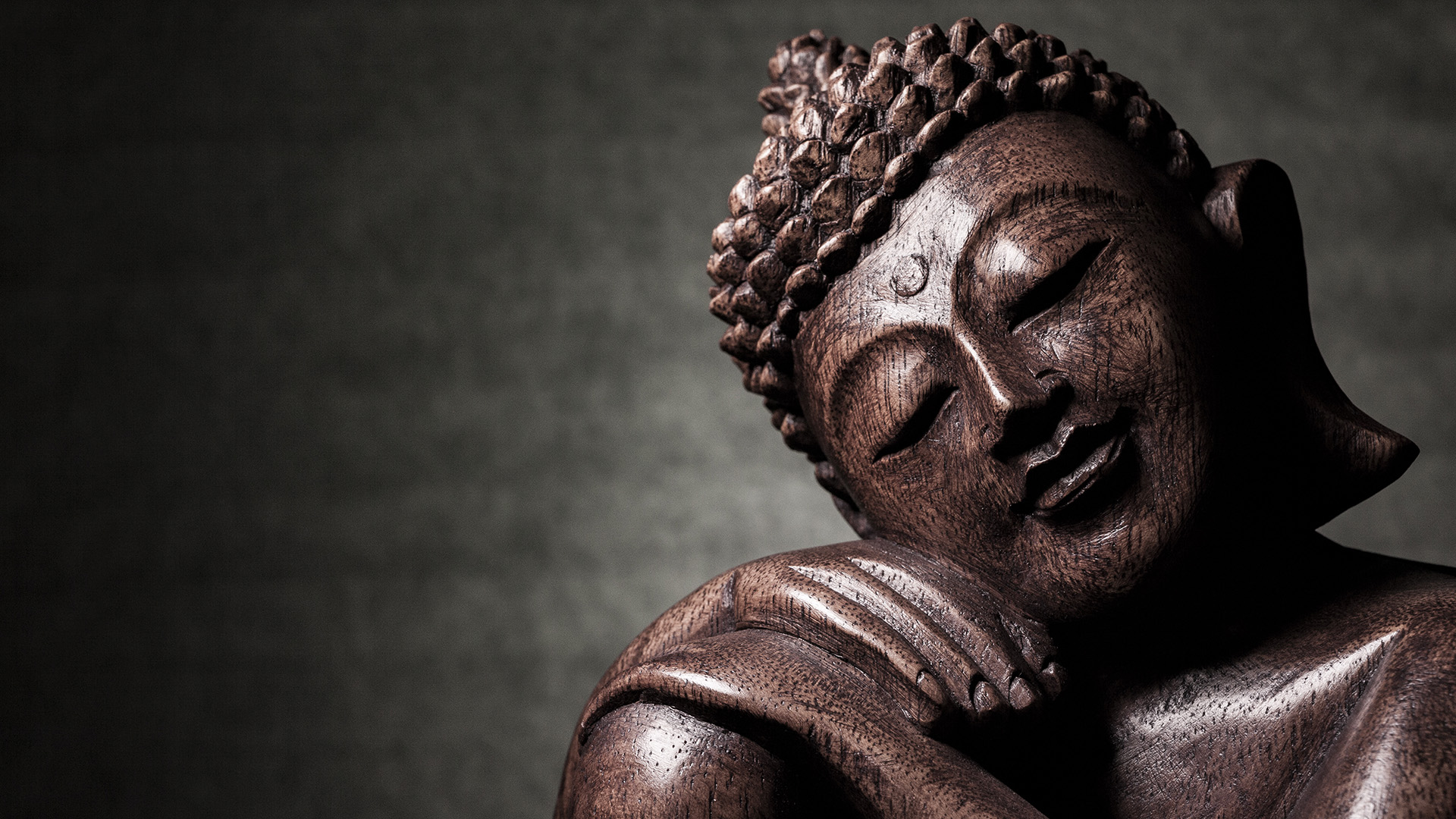
Ok, if the Buddha had stopped here then Buddhism probably won't be very popular. The 3rd Noble Truth says that even though nothing is permanent and suffering is everywhere - it is possible to escape it and be happy! Phew! The 3rd Noble Truth is that there is an end to suffering. And you can get there yourself, with no special equipment. But how? Well - that's the 4th and final Noble Truth.
7. The 8 Fold Path
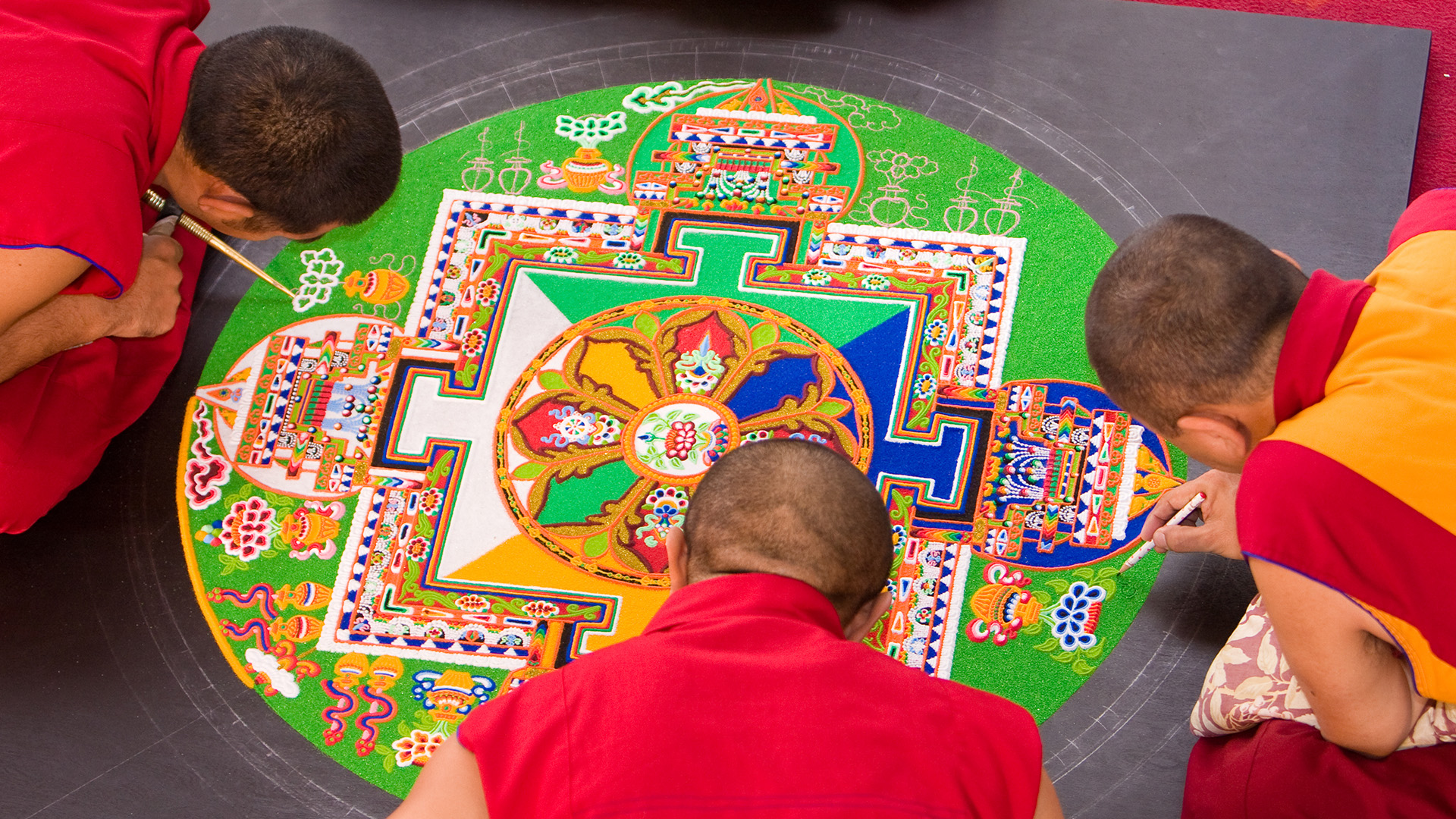
The 1st truth is that there is suffering. The 2nd says that it's caused by craving. The 3rd says we can escape it, and the 4th tells us how! So far so good, but unfortunately the Buddha's guide to ending suffering needs it's own section because there's a lot of it. It's a list of 8 different rules to help you escape the constant cycle of being unsatisfied. This is called the 8 Fold Path, and you can look it up if you want to know more. We don't need to go into all of them - but they're about saying, doing and thinking the right things. And watching out for bad habits!
8. Buddhism is a very different way to look at the world
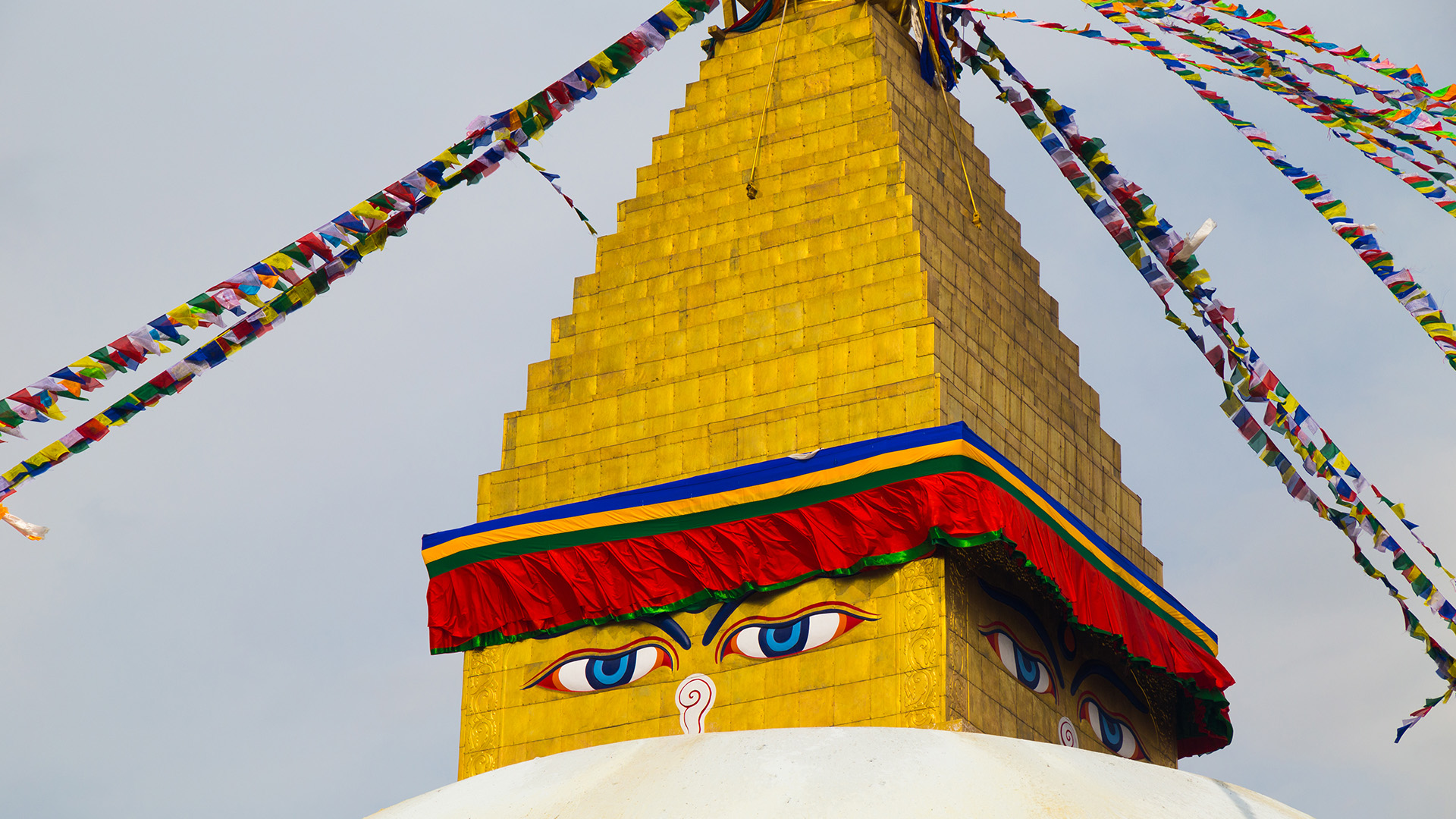
We just looked at some of the most basic things the Buddha said - because his teachings go into a lot of detail and can be very complicated and philosophical. But the main thing is that Buddhism sees the world totally different to how we're used to in the West. For example, Buddhism pushes believers to give up on any idea that they are separate from the rest of the world. You - whoever you are - are also constantly changing, so the "I" you think you are doesn't really exist. Cor!
9. Meditation
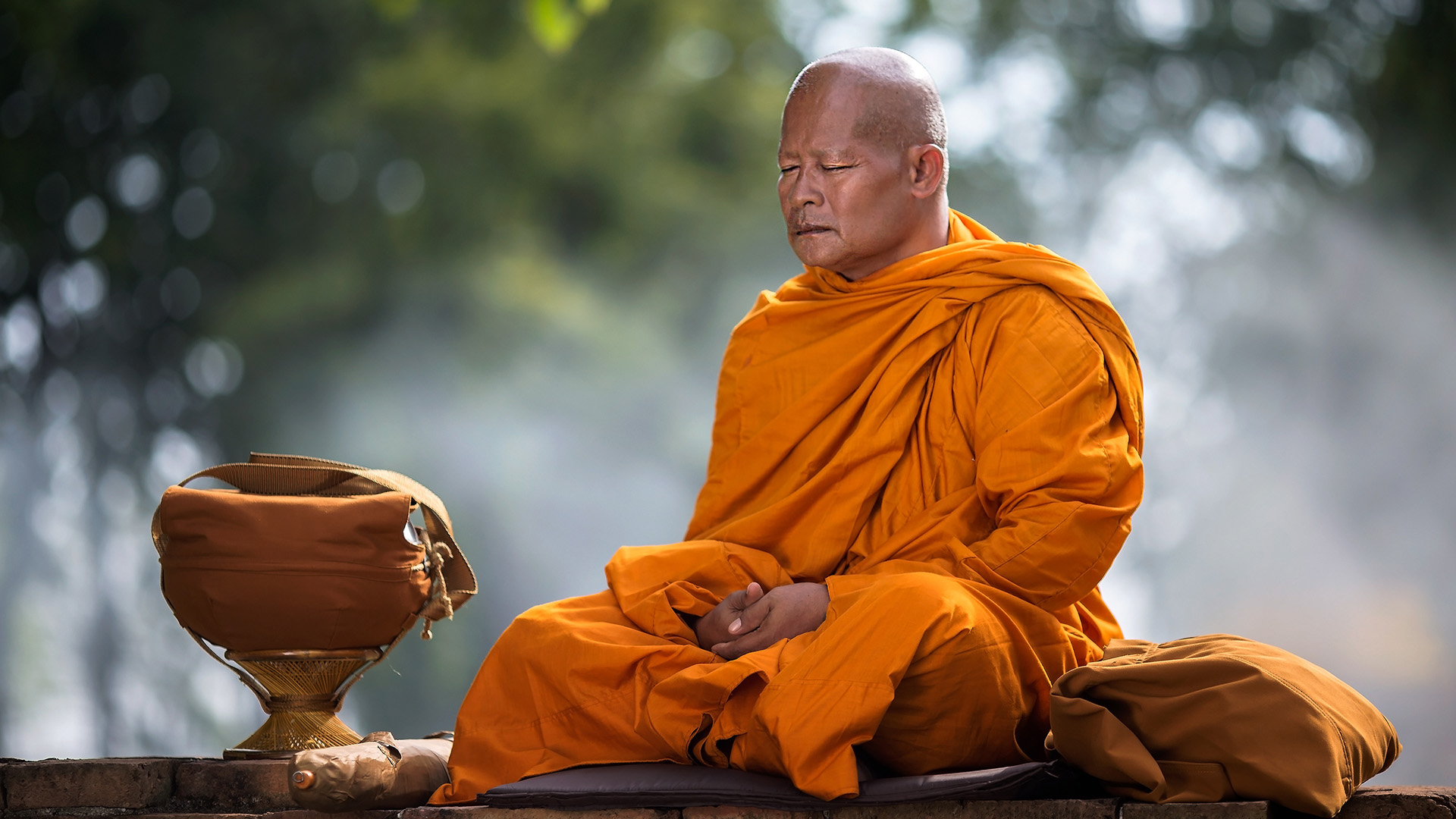
When people think of Buddhists, they often picture a monk or someone meditating. This is fair enough, because meditation is hugely important in Buddhism. The Buddha did it for years of his life, and it's said to be one of the key ways to understand all the complicated philosophy we've just started to talk about. Meditation clears your mind of the day-to-day stuff, freeing it of craving and helping you realise what life really is. It's also very relaxing!
10. World peace and vegetables
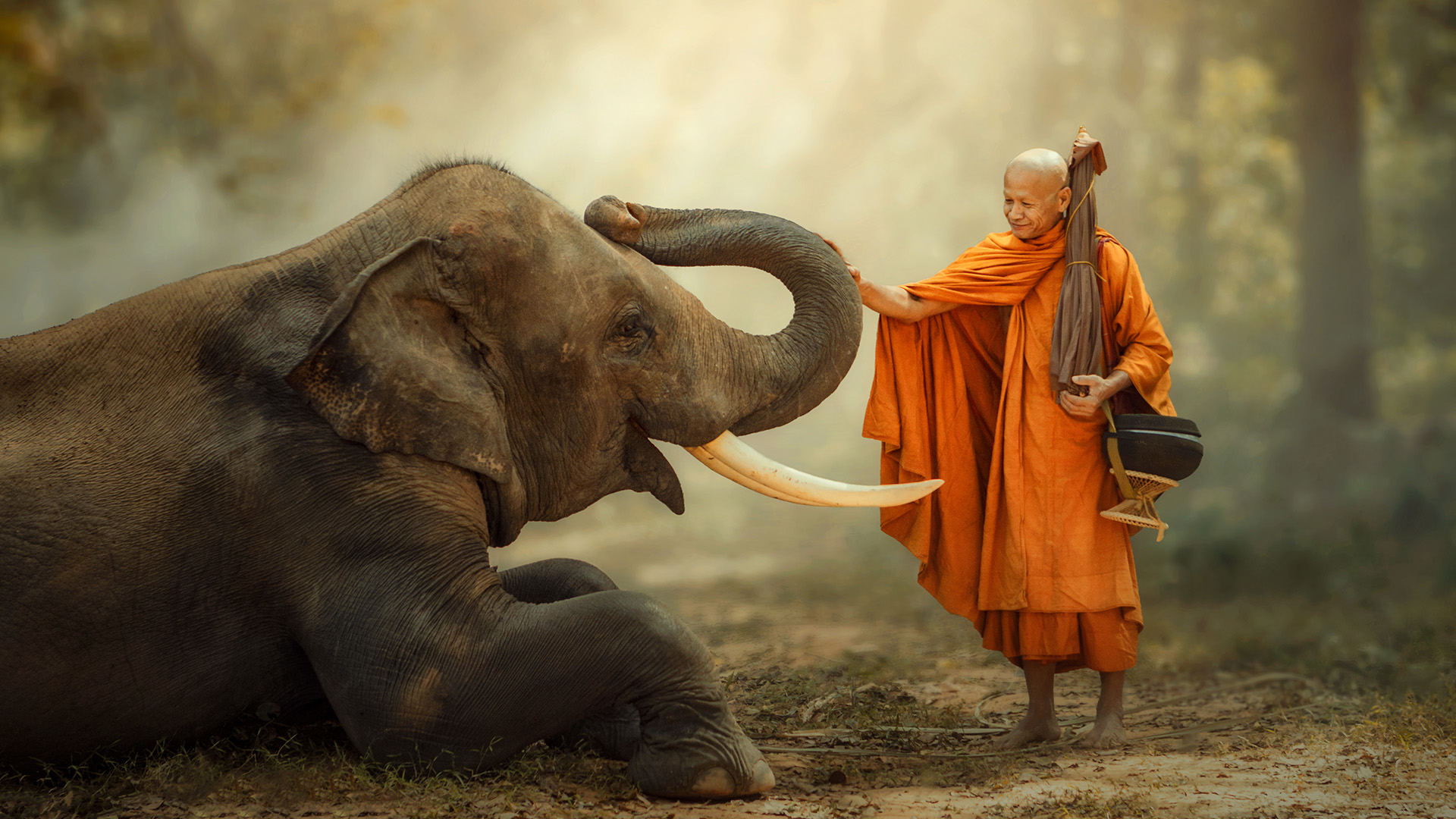
Buddhists don't go in for big lists of strict rules like the 10 Commandments - but they do strongly discourage hurting or killing other living beings. Practising Buddhists are often (but not always) vegetarian, and are known for respecting animals and other life-forms. Most religions encourage peace, and Buddhism might be the most peaceful. But we'll save that debate for another time!
11. Buddhism spreads around the world
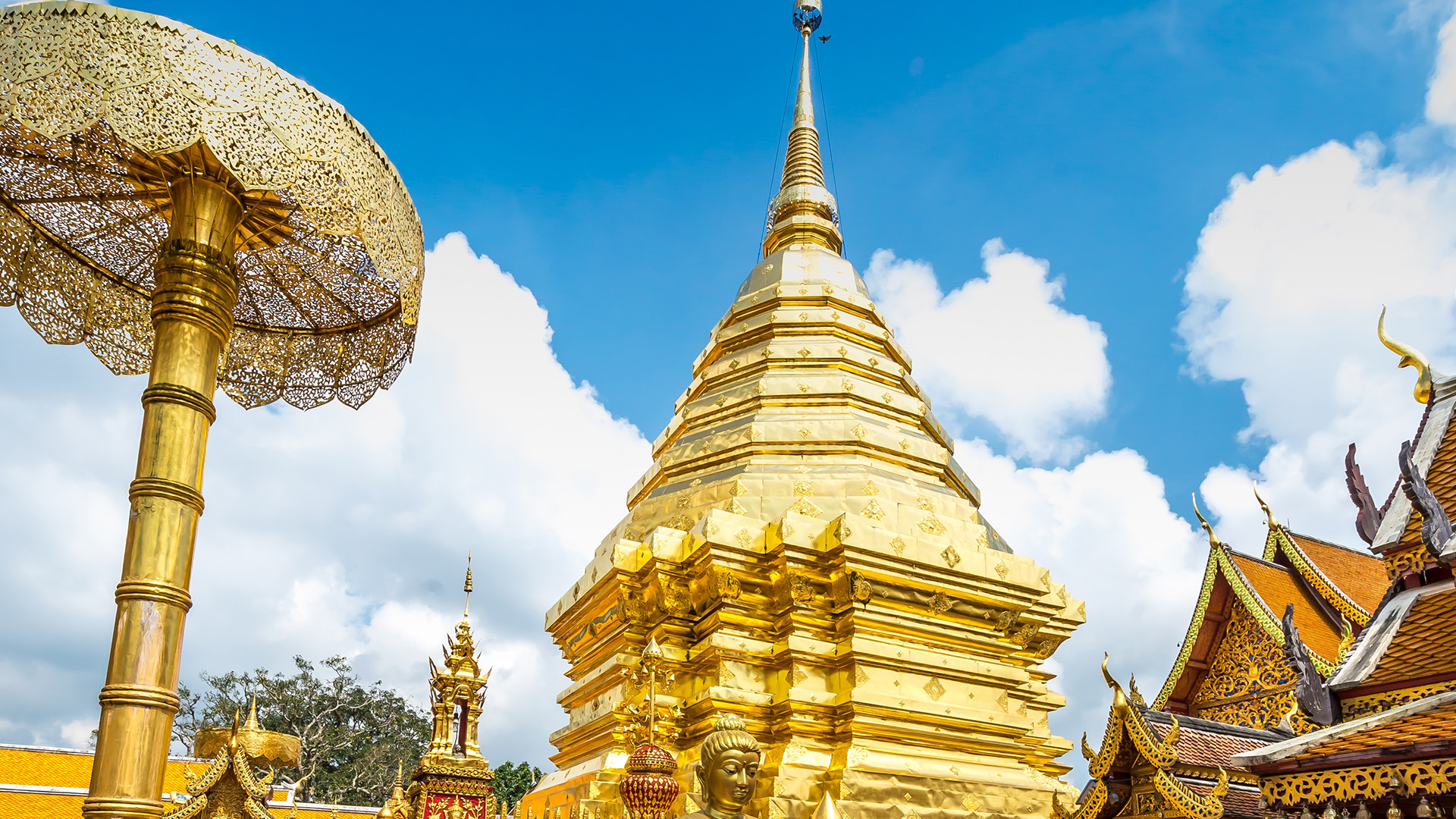
After the Buddha died around 800 BCE, his followers spread out across Asia. One group went south, and formed the Therevada school. This is the more "old-fashioned" tradition of Buddhism, and it's the one that's practised today in Sri Lanka, Thailand, Myanmar and other parts of South East Asia. Therevada focusses on freeing each person from suffering, by following the Buddha's teachings as closely as possible.
12. Northern Buddhism
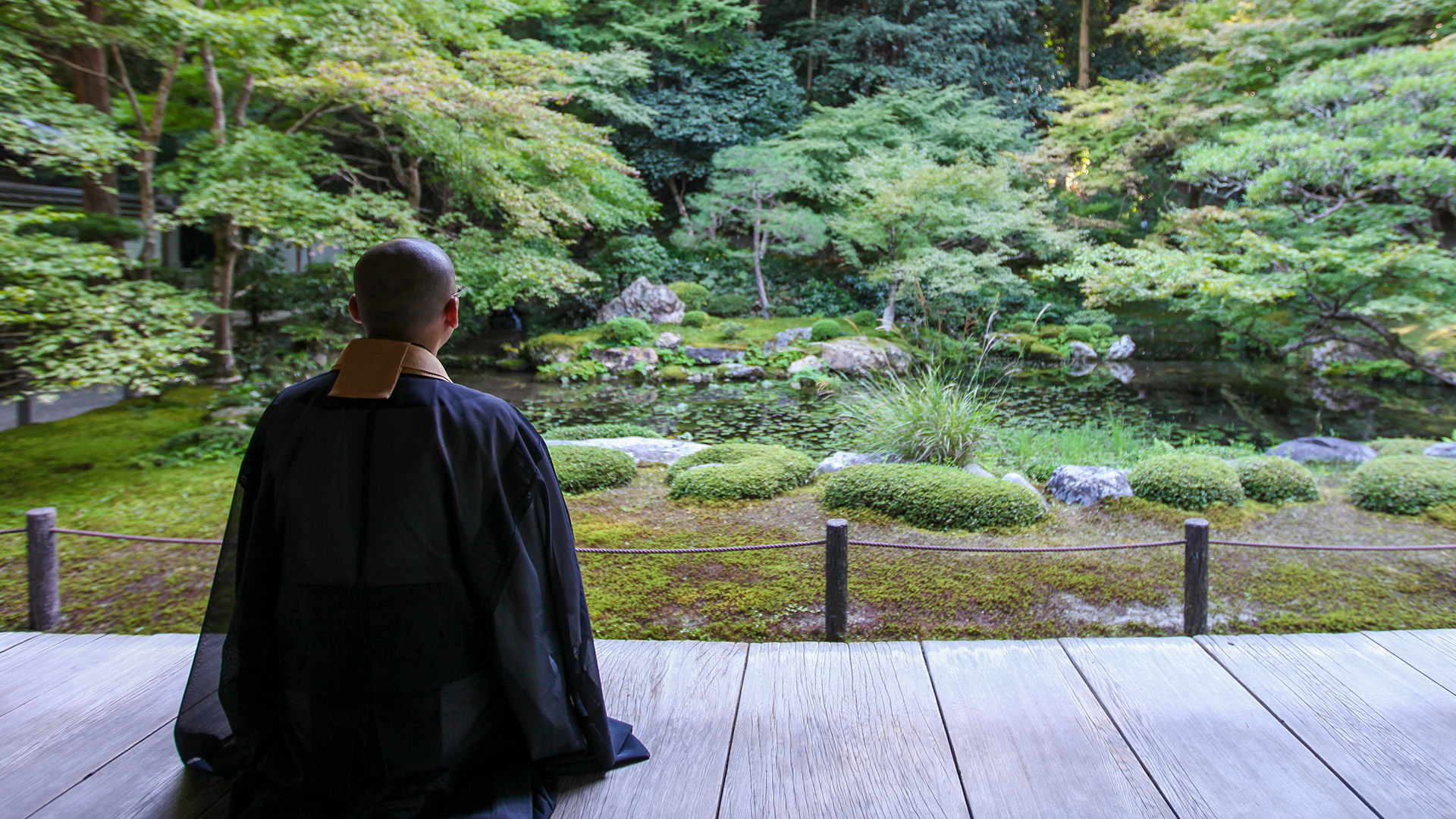
The Buddhists that made it north started a lot of other schools - this is where Tibetan buddhism, Zen Buddhism, Chinese Buddhism and lots of other school come from. These are loosely called Mahayana, and some of them have moved a little bit away from the Buddha's early teachings. Many Mahayana followers prefer to use Buddhism as a way to improve things for all beings - not just to try and seek enlightenment for themselves.
13. So who's that fat Buddha?
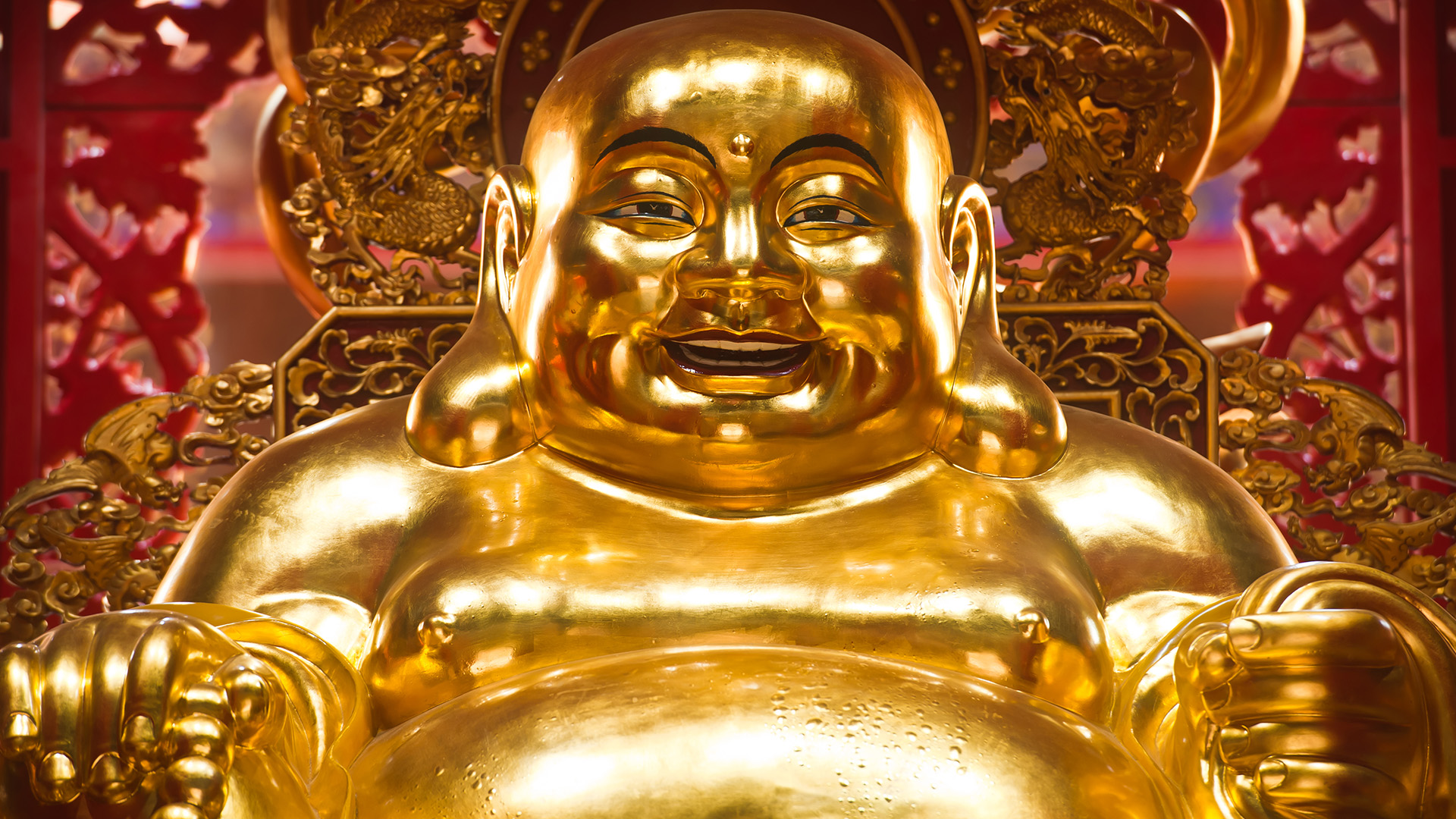
You may have seen pictures of a smiling, chubby Buddha. He is connected to Mahayana buddhism and wait for it - isn't really Buddha at all! He is likely based on a Chinese Buddhist monk who liked to eat and drink a lot - and is still worshipped by people today. Mahayana Buddhists will often worship famous monks who achieved things in their lifetimes - but others prefer to focus on the original Buddha. The one we spoke about already - he's really the only proper Buddha. The happy laughing looks like a lot of fun to hang out with though!
14. Buddhist science
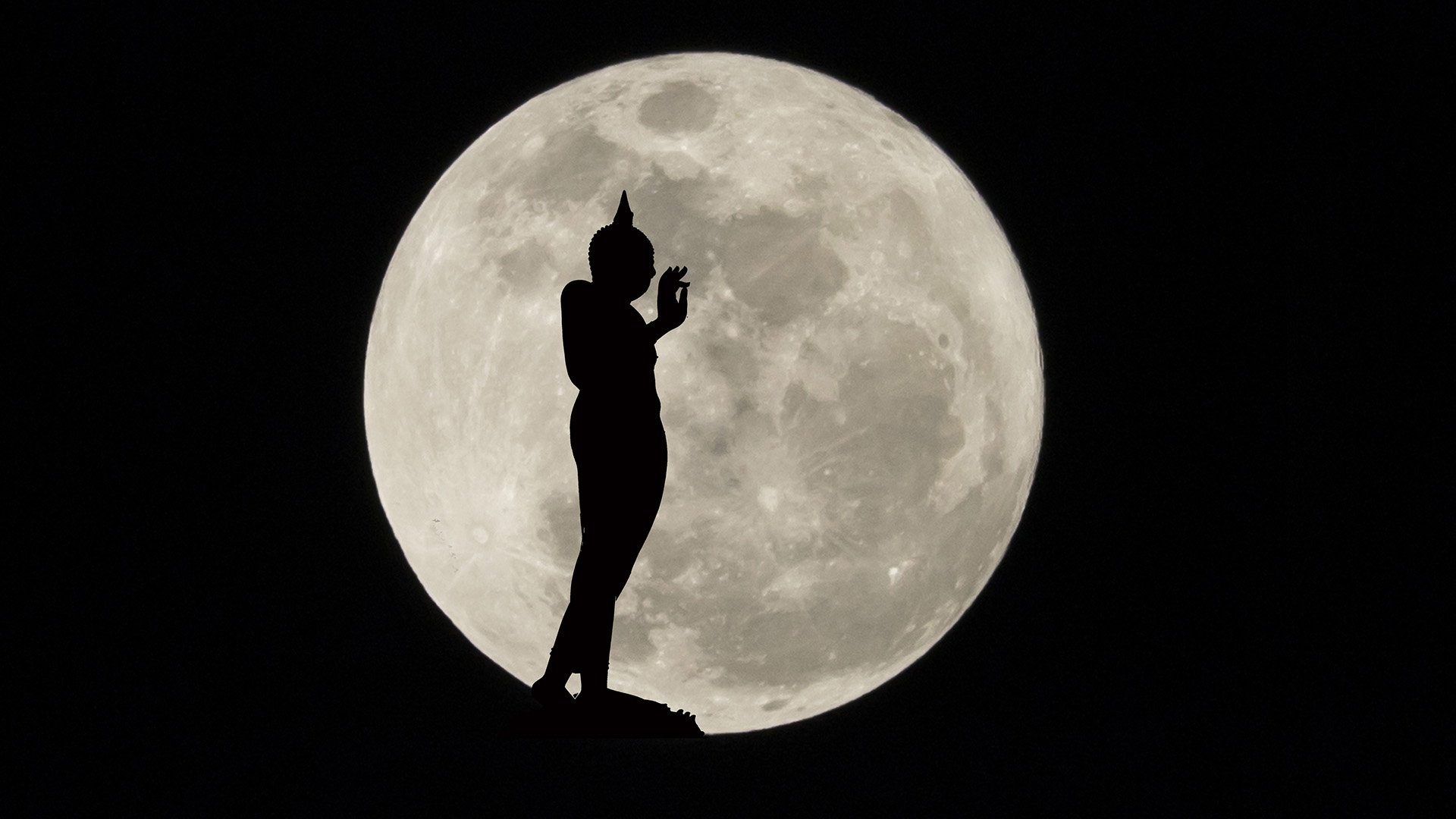
What Buddhism teaches has a lot to do with psychology and the morality of certain things. And unlike some other religions, that means Buddhism works well with modern science. Recent research on the brain proves the benefits of meditation, and whilst things like rebirth and karma are impossible to prove scientifically - Buddhism's flexibility and different way of doing things sits much more comfortably alongside the latest scientific discoveries.
15. Buddhism is on the up again!

Like everything, religions come in and out of fashion. And over Buddhism's long history it's popularity has definitely gone up and down a lot. But right now, Buddhism is getting more and more popular! This is partly because people in the west are taking a new interest in it as a way of improving their stressful lives. It offers something very different to other ideas, and even if you don't agree with it - it's a really interesting way to think about things!











